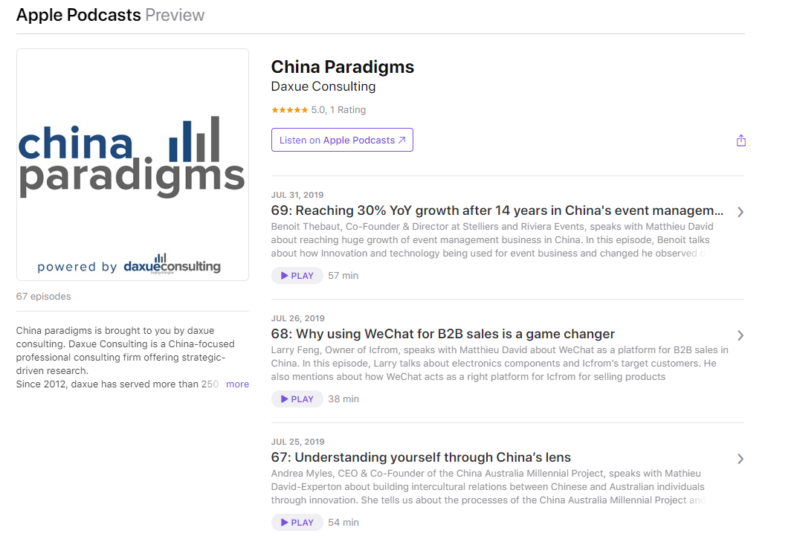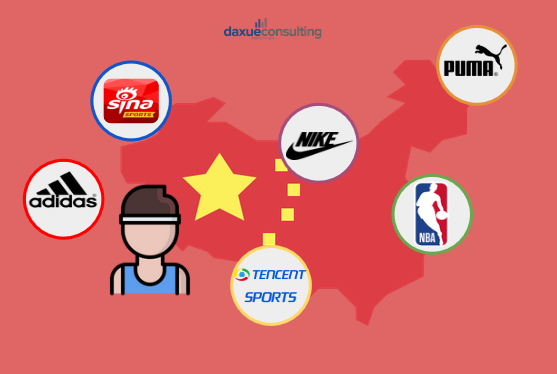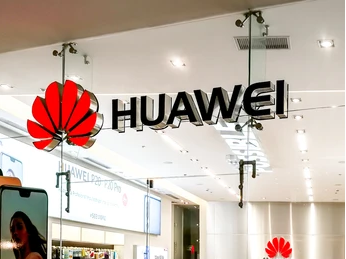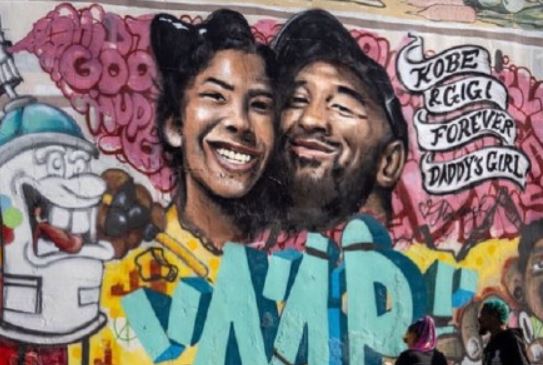Overview of the sports market in China
The sports market in China is expected to reach 5 trillion RMB by 2025 through the Chinese government lifting the sports industry as a part of a national strategy. In 2018, the size of the sports industry reached 2.4 trillion RMB. Between 2018 and 2025, the government plans to double the size of China’s sports market. Basketball, Football ( Soccer) and e-sports are the main three sports markets in China. Viewing sports online is not uncommon in China. Online sports such as e-sports, have numerous media platforms that have been established by IT giants such as Tencent (Tencent Sports) and Sina (Sina Sports). With a market, sports advertising in China uses multiple channels: traditional advertisement, digital advertisement, endorsements and sponsoring.
Slight decline of traditional sports advertisement in China
Traditional advertising includes the use of billboards, posters, television commercials, radio, and print materials such as magazines. Traditional media continues to decline since China shifted to a digital ad ecosystem. This means that there was a decline in spending on television and print. However, poster and billboard sports advertisements are still used outside athletic facilities or recreational centers such as gymnasiums, stadiums and sports centers. At bus stops located near these locations, there are also printed displays of sports team for sports such as basketball, soccer, gymnastics, etc.
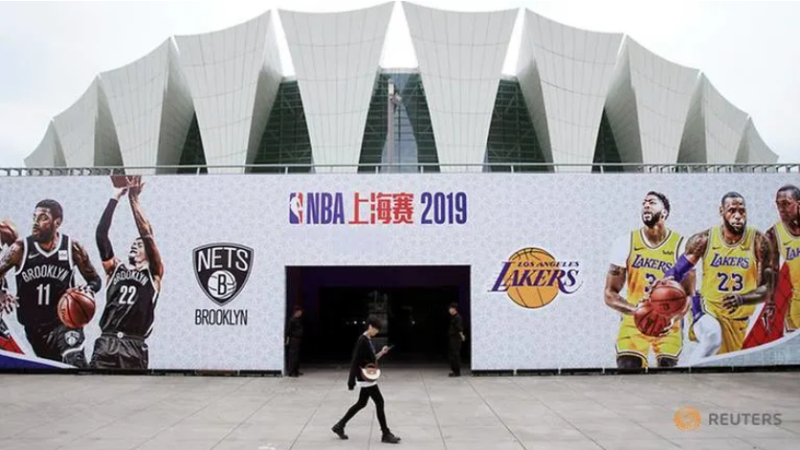
[Source: Reuters/Aly Song, traditional sports advertising in China, at the Oriental Sports Center in Shanghai]
Although China is deeply embedded in the digital age with the Internet of Things and digitizing, these traditional methods of advertising are still used because of their ability to reach local targeted audiences easily such as the silver economy. Sports teams, especially individuals of sports teams, are often featured in magazines for categories such as fashion, sportswear, and other items in which they may have been chosen to model for or be a representative of.
Digital advertising dominates
Digital advertising spending in China is rising. In 2019, ad spending in the Digital advertising market reached $52,513 million US. That largest segment of the market showed to be Search advertising, which has a market volume of $22,562 million US. Digital displays are very common in China as digital display screen line bus stops, subway stations, and are all throughout malls. Online sports media platforms in China like alisports and Tencent have also taken off in recent years.
Mobile advertising
Mobile ads are becoming one of the leading as spending channels in China and by 2023, 35% of total ad spending will be generated through mobile. With mobile ads, you have various categories: Social media advertising, Banner advertising, Search Advertising, and Video advertising. Within their own media platforms, E-sports advertising mainly utilizes video advertising to reach targeted audiences. On social media apps such as Weibo and WeChat, sports advertising is not uncommon either as ads for a sporting goods brand or sports team would appear.
Social Media Advertising
Sports advertising in China is often through social media. These ads often appear as, but are not limited to, sponsored posts with content or alongside the news feed of the social networking site. Brands such as Nike, Adidas and other sports/fitness brands will utilize these forms of advertising the get their brand across to wider audiences.
Banner Advertising
Banner advertising is a form of digital advertising that comes in various shapes, sizes, and formats and are displayed on a website and mobile-enabled website, or app. Formats includes wallpapers or pop-ups that link to a landing page of the advertiser. They generally match the form of the environment in which they appear. The banners can be static, play sounds, animations or even videos. Along with its very own category on Weibo, E-sports events and popular players are usually part of Weibo’s banner ads that pops up right after the app’s logo screen when you open it. Sporting goods and sportswear brands may utilize this form to generate more traffic to the brand’s direct website/platform for awareness.
Search Advertising
Also known as Paid Search Advertising or Search Engine Advertising includes advertisements that are displayed on search page results above or next to organic search results. They are usually text and image based. Keyword advertising and sponsored links are also a part of search advertising. When it comes to sports advertising in China, sporting goods or apparel would appear in this form.
Video Advertising
Video advertising carries across all ad formats within web-based and app-based video players. They are often in the format of video ads that appear before, during or after the streamed video. Text or image overlays that appear while watching a video are also video ads.
Sports Sponsorship in China
Sports sponsorship is a marketing technique that consists of an association between a company and a sports club or team. The licensed sports merchandise market in China is growing at a rate of 10-15% every year. In sports sponsoring, both the sponsor and the sport club benefit. The goal of sports sponsoring is for the sponsor to generate brand awareness and customer loyalty, and the sports club to receive a financing source. Chinese tech companies have become leaders in sports-sponsorship choosing to partner with major sport leagues. Along with increasing brand awareness, sport sponsorship provide the potential for increased sales and reaching a wider audience base for companies. Many companies utilize sports celebrities such as Yao Ming (basketball), Chen Zhihao also known as Hao (esports), and Zhu Ting (volleyball) as endorsers or ambassadors of their brands and organize some activities or events with them. [Source: daxue consulting, sponsorship in sports advertising in China]
Segmentation for sports advertising in China
China’s sports market is very large, but different tier cities have different sports media consumption habits
First-Tier Cities – Big cities like Shanghai and Beijing have well developed markets that are ready for high class or expensive sports good. Consumers within this tier will care more about quality and function.
Second-Tier Cities – Consumers in second-tier cities possess personal incomes that will be reflected on their consumption. They are more likely to focus on a brand name.
Third-Tier Cities – Rural areas, with low consumption power of brands. Third-tier consumers are increasingly joining the middle class and becoming more consumers that are sophisticated. When it comes to sports advertising in China, low-tier city consumers are future targets, as they are already being primed with exposure to sports media like the NBA.
Let China Paradigm have a positive impact on your business!
Listen to China Paradigm on iTunes
